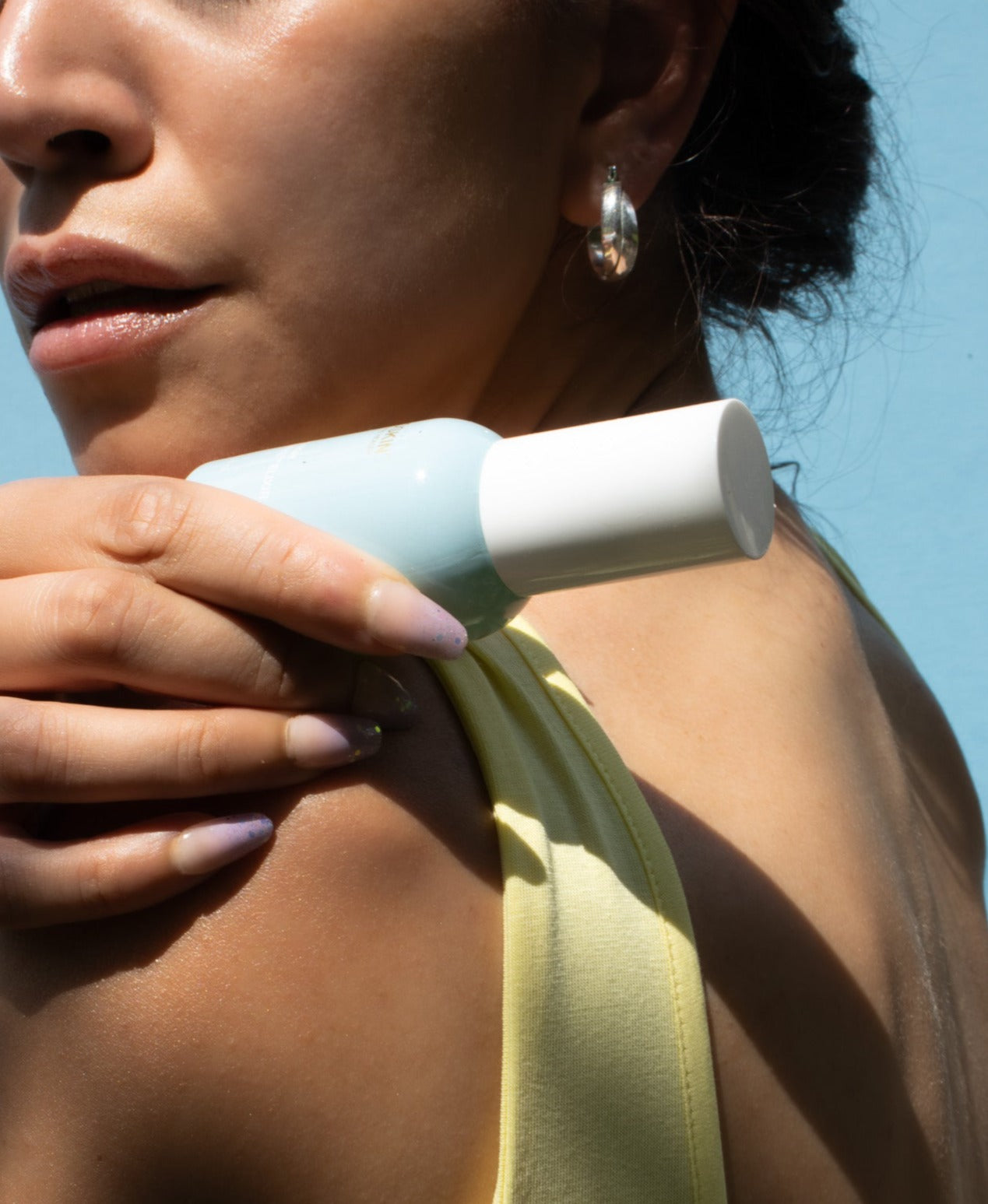Many are confused about whether our skin is DRY or DEHYDRATED. Here we will provide more insight on how to spot the difference and what ingredients to look for.
DRY SKIN
Dry skin is generally a skin type and is influenced by the genetics -- people are born with it. Despite genetics playing an imperative role, people can get dry skin later on in life. This includes aging, damaged skin barrier, and other medical skin conditions.
When one gets dry skin, their ceramides are compromised. Cracking and flakiness are also prevelant too. Those with dry skin also known to age faster than those with oily, normal and combination skin.
Ingredients to look for dry skin:
The focus of ingredients should be emollients, occlusiveness AND skin regeneration.
-
Ceramides -- for skin regeneration and skin repair
-
Oils -- for emolliency and occlusiveness
-
Butters -- for emolliency and occlusiveness
-
Glycerin
-
Omega fatty acids
DEHYDRATED SKIN
Dehydrated skin on the other hand is caused by the lack of water in skin. This could be either because of the lack of water in take, or living in dry environments where transepidermal water loss is higher. This causes the water to evaporate from the skin.
Ingredients to look for dehydrated skin:
There are actually 2 steps to curing dehydrated skin.
-
Drink water. When we are dehydrated many parts of our bodies are also affected such as our kidneys
-
Use humectants that add hydration into skin. Some humectants absorb water from the air and trap it into skin too. Such as
-
Hyaluronic acid
-
Propenadiol
-
Glycerin
-
Sodium lactate
-
Sodium PCA
-
Urea
-
Allantoin
-
-
Bind water into skin with occlusives such as oils, butters, or emulsions such as moisturizers.
How do i know if I have DRY or DEHYDRATED Skin?
The pinch test involves checking the skin turgor (the skin's elasticity) - which is what allows the skin to change its shape and return to normal - in order to find out whether or not you're dehydrated.
All you have to do is pinch your skin for a few seconds to see if your skin returns to its regular shape after being held together for awhile.
After pinching your skin for a few seconds let go and if the skin immediately returns to its regular position that means you have normal turgor which shows you're hydrated enough and hence have a dry skin.
However, if your skin takes a moment to return to normal, that means you have poor turgor which is a sign of fluid loss due to dehydration and you need fluids. This means you are dehydrated.
Check out Phyto Ceramide Q10 - Retexturing Skin.


























